
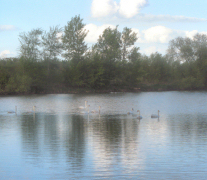
 |
|
 |
|
|
|
|
||
| Maintenance | |
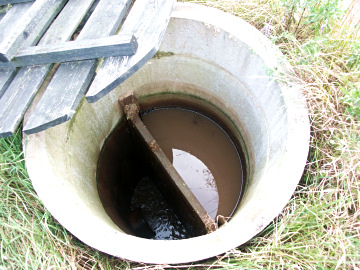 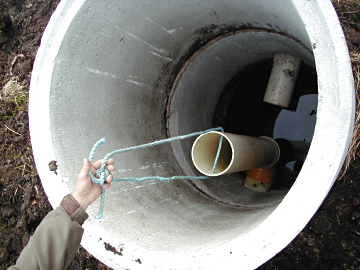 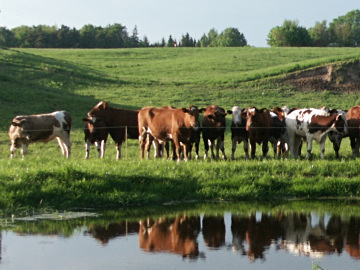 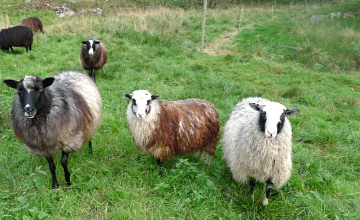 |
When we design new wetlands today we are doing it in a way that allows
for a rational management. Without management measures most of our
wetlands would within 10 years be surrounded by forest. Technical
solutions at the inlet and outlet must be easy to handle and have a long
life. The simplest and most basic management method is to regulate the water level. There are a variety of technical solutions that all have advantages and disadvantages. Large flows from several hundred hectares can be best controlled by a Flashboard raiser or Monk, where the removable wooden planks damming the water level to the highest plank. When the flows are small, planks dry and cracks leading to the leak. Connecting the incoming and outgoing pipes can cause further problems if they are not connected hundred percent tight to the well. Even small leaks can undermine and jeopardize the outlet with time. For smaller flows, flexible pipes can be used inside a well or connected to f.e. a bridge. The disadvantage is that the plastic becomes brittle with time, and the pipes could break. Furthermore, placing a pipe in a well that is too small in diameter will not be possible to reach for repairs. A new variant of raiser is the “level well of Halland”, where the removable pipes are used instead of wooden planks. The drain outlet side of the well does not need to be sealed since it is the outlet pipe itself, via a bend, which is extended upwards with insertion pipes that determine the water level. These levels wells have been used since 2004 in small and medium-sized flows and tested for pipes with diameters up to 200 mm. Since these facilities are intended to regulate the water level during low-flow periods in summer and winter, they need to always be supplemented with one or more safety pipe that can manage all the water at high flow rates. The description of a level well can be found here >> . A highly effective management method is to use grazing cattle, sheep or horses. Here the timing is important and the animals also have to have access to dry areas. Often it has been shown that animals can learn from each other to go out in the water or graze on aquatic plants. One method to accelerate a voluntary learning is to borrow animals that have been located in other wetlands that are already accustomed to this type of grazing. It is also possible initially force out the animals in the water for a limited time, by using fences, until they have learned. Mechanical cutting of vegetation is a widely used method against overgrowth, but also this have to be applied right in time so that no nesting birds, eggs or chicks are damaged. Most useful is mowing when applied as an extra measure after the grazing in late autumn. Sometimes there are no grazing animals available, the littoral zones can be steep and trees might have established. Then it is possible to use various types of machines with rotary choppers, mounted directly on a tractor or on a tractor-controlled long hydraulic arm. |
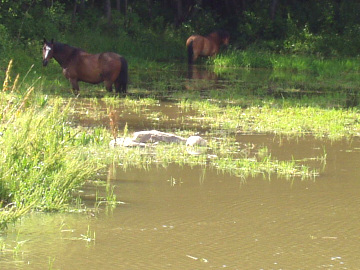 |
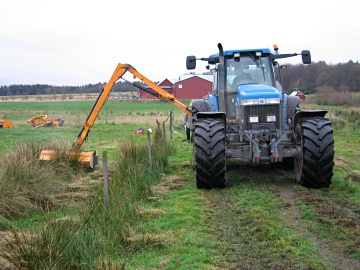 |
|
|
|
| © Peter Feuerbach |